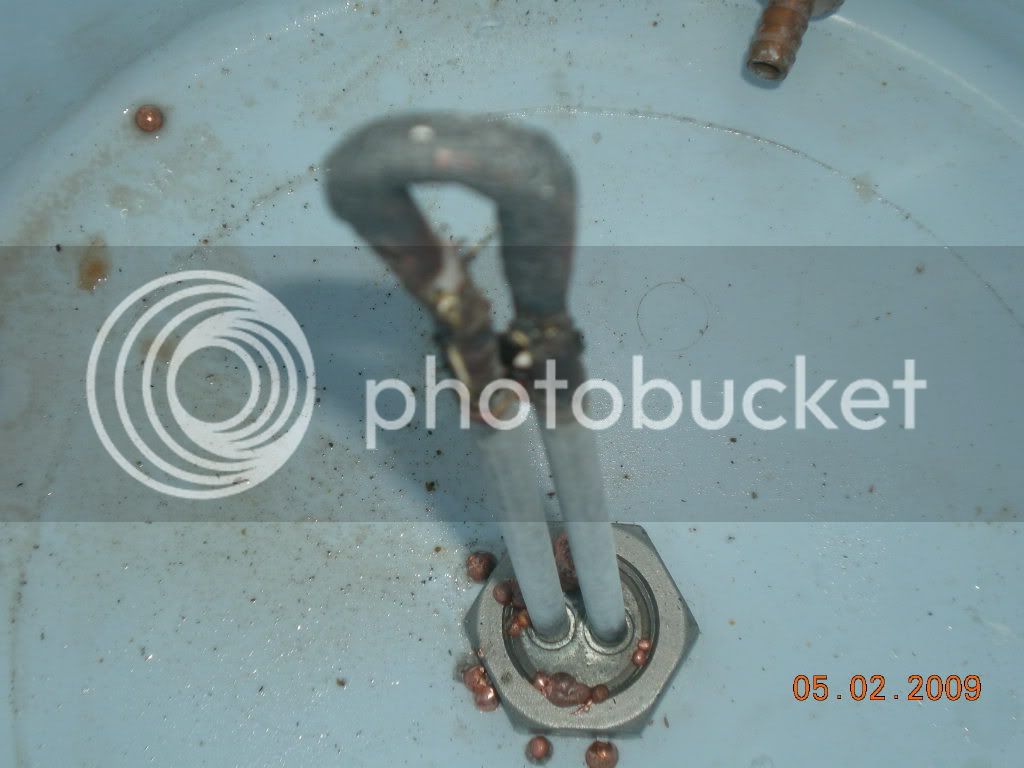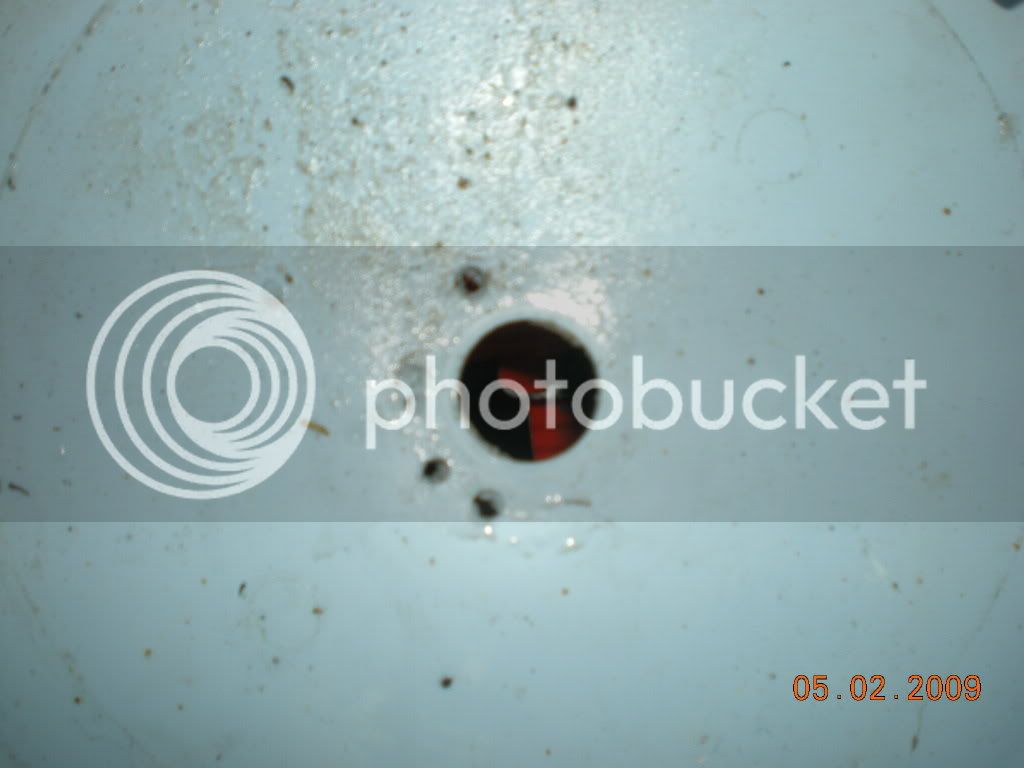Rhino17
Well-Known Member
Hi All,
I am in the planning stages of converting my direct fire rig to an electric HERMS. Although I would love to run a 240v element in both my HLT and kettle at the same time, currently it's not an option.
My plan is 4500w 240v in boil kettle and 2500w 240v in HLT. I will heat my strike water in the BK, and then move to the HLT. Both elements will be controlled via PID and 40a SSRs. I would like to have a switch on my control panel that allows me to switch power between the 2 sides of my rig (from HLT to BK). This will allow me to operate on a 30a circuit. Later down the road, when my wiring is upgraded, I would be able to remove the switch, and power both sides at the same time.
Since the amp draw of the 4500w is 19a, could I use a 30a DPDT switch? Is a DPDT the correct way to go, or is there any other way to accomplish this?
Thanks,
Rhino
I am in the planning stages of converting my direct fire rig to an electric HERMS. Although I would love to run a 240v element in both my HLT and kettle at the same time, currently it's not an option.
My plan is 4500w 240v in boil kettle and 2500w 240v in HLT. I will heat my strike water in the BK, and then move to the HLT. Both elements will be controlled via PID and 40a SSRs. I would like to have a switch on my control panel that allows me to switch power between the 2 sides of my rig (from HLT to BK). This will allow me to operate on a 30a circuit. Later down the road, when my wiring is upgraded, I would be able to remove the switch, and power both sides at the same time.
Since the amp draw of the 4500w is 19a, could I use a 30a DPDT switch? Is a DPDT the correct way to go, or is there any other way to accomplish this?
Thanks,
Rhino





